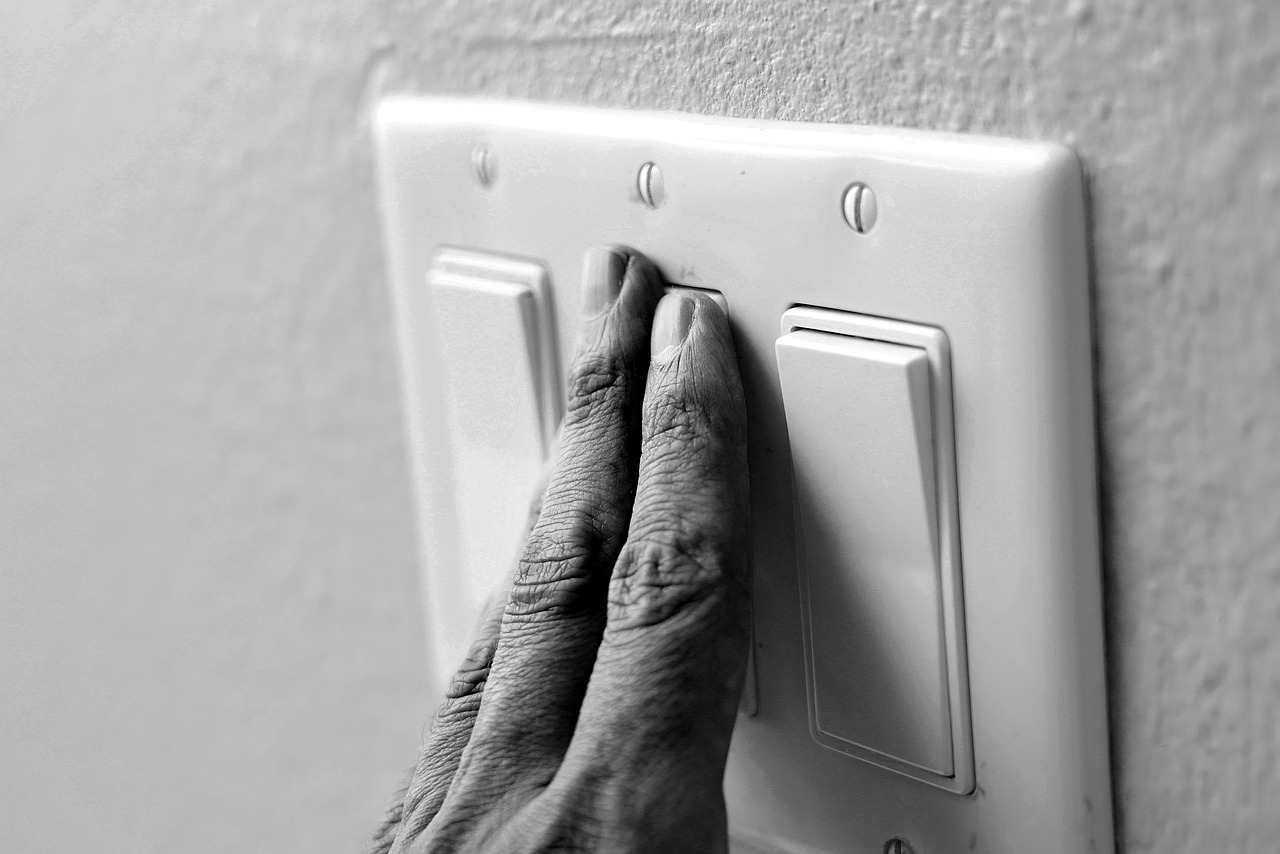Light switches combine style and function for optimal home lighting, but these devices contain metal parts which eventually wear away, necessitating repair or replacement services. If your switch flickers or sparks unexpectedly, contact an electrician immediately for repair or replacement services.
Inside a switch is an inner gateway, which opens and closes a circuit channel for your fixture when you toggle the lever. Different types of switches have unique designs for their gateway.
Safety
Switches are among the most vital elements in an electrical circuit. Their function includes powering appliances such as lights and televisions on and off while protecting users from potential electrical hazards. Therefore, it’s vital to regularly test your switches to make sure they are operating smoothly; should any issues arise or damage is detected then professional electrician should be contacted immediately for repairs.
Remembering the dangers of electricity can be crucial. Even small amounts can cause burns and stop your heart beating; all it takes is a tiny current flow to have this impactful result, which can be very frightening. Without caution, light switches could easily shock you – however a safety switch helps avoid such scenarios by protecting against shocks.
This type of switch can be mounted either at the end or middle of a power cord and used primarily with low power devices like lamps, table fans and radios, typically up to 2 amperes. It typically utilizes porcelain, Bakelite and Ebonite in surface-mounted versions, and various modern plastics such as Polycarbonate or fire resistant ABS in wire mounted versions – it is important that it is in an area free from vibration and shock as this could cause its contacts to arc and malfunction over time.
Convenience
Light switches are electrical devices used to regulate lighting in rooms or buildings. There are numerous styles and designs to suit individual tastes; some come equipped with dimmers for more precise control; some even boast voice activation features that link with smart home hubs to make switching on/off your lighting easier than ever!
One of the most frequently used types of switches is known as a single-pole switch, featuring ON and OFF markings on its switch lever. Commonly found in residential settings, single-pole switches enable control over one light fixture or wall outlet from a single location via their spring-loaded gate that closes when turned to ON position to prevent gravity from accidentally closing circuit and cutting power supply to these lights or outlets.
Smart light switches have quickly become popular as people search for ways to add functionality and convenience to their homes. These devices connect via WiFi or Bluetooth to smart home systems and may come equipped with features such as an energy monitor that helps reduce utility bills by turning lights off when not needed; occupancy sensors may further assist energy conservation by only activating when someone is present.
Electrification
Light switches are used to regulate the electricity flowing to electrical lights and equipment permanently connected. Aside from their on/off capability, many light switches include features like dimmers, timers and occupancy sensors to allow users to control lighting when and where desired.
Switches connect light fixtures or wall outlets to the electrical current in your home through cables running along walls and ceilings. Flipping on or off a switch interrupts electricity flow directly to a light fixture or outlet – when power no longer flows to them when their circuit is broken by turning the switch “off”.
Light switches feature color-coded screw terminals to identify which wires can be attached. A black wire, known as “hot,” carries electrical current directly to a fixture while white, or neutral, wire completes the circuit by returning power back to its source.
Some light switches come equipped with illuminated options to provide visible status indication. Illuminated single-pole switches draw their energy for illumination from lamps they control such as incandescent, halogen and non-electronic fluorescent fixtures; three and four way illuminated switches cannot be used as they require extra current to power their bulbs.
Regulations
Lighting switches play an integral role in home safety and convenience, which is why regulations exist regarding their placement based on your home and its location. Understanding these regulations will allow you to choose lighting switches best suited for your needs when building or renovating.
Most light switches include a “quick break” mechanism to ensure the contacts of the switch do not remain closed or open for prolonged periods, thus avoiding electric arcing which could otherwise cause pitting to develop in its contacts and residue build-up, thus prolonging its working life and increasing reliability.
Modern switches often include a green grounding screw to connect with the circuit’s grounding pathway and help reduce risk of electric shock when touching live wires.
One updated feature is the presence of a neutral wire in switch boxes even if it’s not currently connected to or utilized, for future integration of advanced lighting controls like smart switches. Finally, all switches must adhere to electrical code requirements in order to avoid dangerous situations like flickering lights and switches that don’t shut off completely – leading to potential fire hazards, electrocution risks or other possible disasters.
